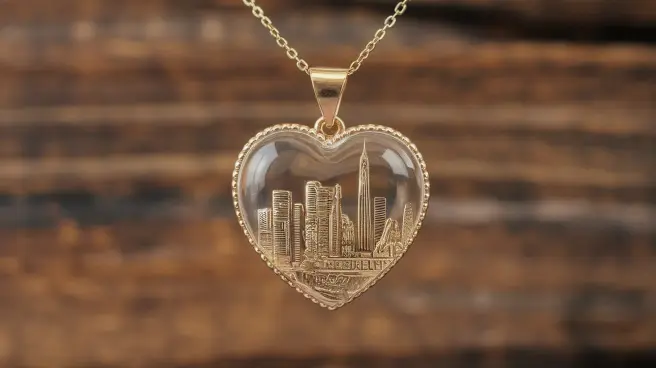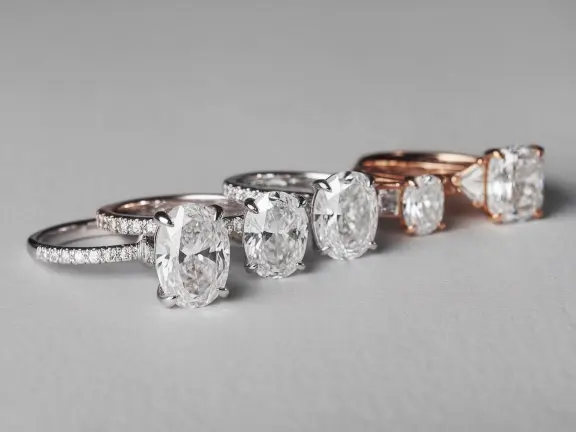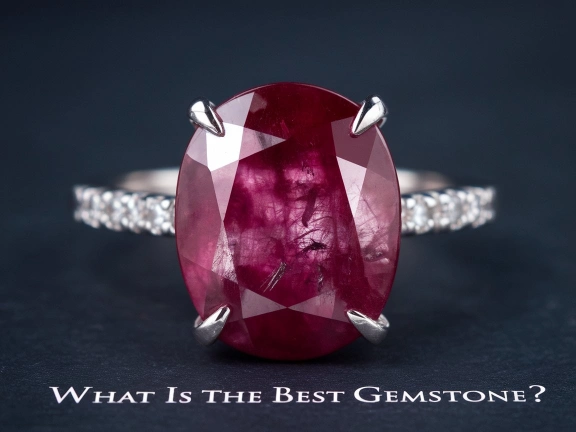✔ Complimentary Repairs for Life
✔ Free Resizing & Adjustments
✔ Easy Exchanges & Upgrades
✔ GIA-Certified Stones
✔ Tested & Verified Gold
✔ Custom Design Available
✔ Gold & Stone Upgrades
✔ Tailored Fit Profile
Table of Contents
Toggle




Welcome to your Gemstone Guide, the only resource you’ll ever need when diving into the world of precious and semi-precious gems. Whether you’re shopping for sapphire jewelry in New York, an emerald set in California, or birthstone rings in Florida, this guide arms you with expert knowledge so you can buy with confidence and never be misled again.
Table of Contents
ToggleA gemstone is a mineral or organic material (like amber or pearl) that’s cut, polished, and used in jewelry. Many are naturally formed under Earth’s heat and pressure; others may be lab-created or treated for enhancement.
Types of Gemstones
Each gemstone has unique physical and optical properties. This gemological diversity is what makes a gemstone guide essential for buyers.

When you shop, always evaluate gems by four core metrics:
Pro tip: For colored gemstones, color trumps clarity, a perfectly rich color with minor inclusions often outshines a pale, flawless stone.
One way to make your jewelry more personal is choosing gems with meaning. Here are some favorites:
When you ask for a gemstones guide, this is the kind of depth your readers expect.
Many gemstones undergo treatments to improve color or clarity. Key treatment types:

Consumers across New York, New Jersey, California, Florida, and Texas now demand transparency. In your gemstone guide, emphasize:
To keep your gemstones radiant:
Tip: Some gemstones (like opal or turquoise) are sensitive, skip ultrasonic or steam cleaning unless confirmed safe.
Always ask for gem lab reports (GIA, IGI, AGS). It’s your proof of authenticity.
A strong setting protects the gemstone. Solid 14K or 18K gold is ideal.
Buy from sellers who support aftercare, resizing, cleaning, repolishing.
You may pay premium for origin, rarity, or brand value, which is okay if it’s justified.
Include your local contact and link:
📍 Human Design Shop ships nationwide and has a strong presence in NY, CA, FL, NJ & TX.

Q: What is the best gemstone for everyday wear?
A: Sapphire (Mohs 9), ruby, and garnet are among the toughest. Avoid softer stones for daily rings.
Q: How do I know a gemstone is real?
A: Look for natural inclusions (not perfectly flawless), check certification, and ask your jeweler for lab verification.
Q: Is treated or untreated gemstone better?
A: Untreated is rarer and more valuable — but treated gems (like heat-treated sapphires) are standard and acceptable when fully disclosed.
Q: What gemstones go with a silver vs gold setting?
A: Silver or white gold looks modern with cool-toned stones (blue sapphire, white topaz). Yellow or rose gold gives warmth to green emerald, citrine, or garnet.
Q: How do I choose gemstone sizes vs quality?
A: Prioritize color first, cut second. It’s better to buy a smaller, vivid gemstone than a large, washed-out one.
Your journey into gemstones doesn’t end with knowledge it begins there. Use this Gemstone Guide to shop confidently, care intentionally, and invest with purpose. See us on Instagram.
Ready to turn insight into beauty?
Click below to explore our Ethical Gemstone Jewelry Collection:
Call Us: +1 646.522.1049
📧 Email: [email protected]
Have questions, want a recommendation, or need help designing a custom piece?




Find the perfect gift for the mothers day with our limited edition collection
